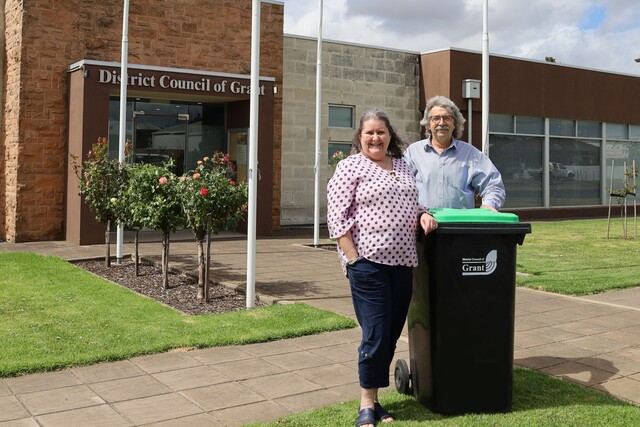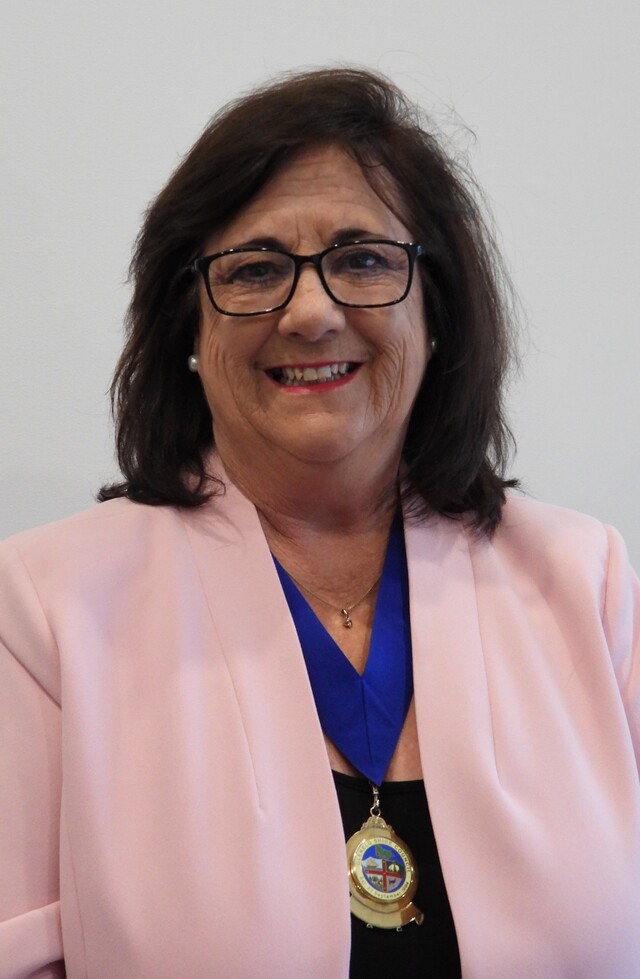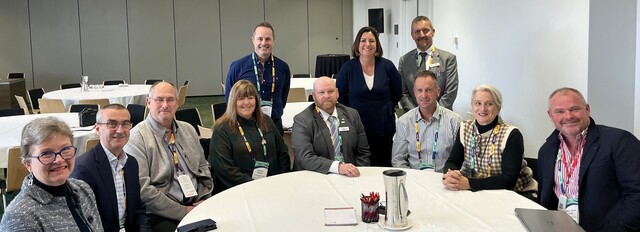Wollongong City Council has introduced innovative ideas to tackle the problem of illegal graffiti and illegal ‘postering’ around the city. The task of removing unwanted graffiti often comes at a huge cost and inconvenience, something which Wollongong was gaining first hand experience with regarding their onsite construction caravans.
Employing the talents of local aerosol artists, Council came up with the idea to transform the caravans into pieces of public art. Locals were quite surprised when the brightly coloured caravans began to appear at work sites around town. Not only do they look great, they’ve been effective as a deterrent to vandals.
Council’s Graffiti Officer, Margaret Sullivan, said creating legal art opportunities such as this can be a proactive way to prevent graffiti vandals.
“The difference between legal and illegal graffiti is that illegal graffiti occurs without the owner’s permission,” Margaret Sullivan said.
“Conversely, legal graffiti has been completed with permission and usually takes the form of a mural in which clear images or designs can be seen. Legal art opportunities are a proactive strategy to minimise illegal graffiti by directing artists toward legal outlets and placing a stronger emphasis on the art and skills involved.”
Wollongong also used the same approach to deal with illegal postering across the city. For decades performers have used street advertising as their primary means of informing potential audiences of upcoming events, with many of their posters removed because they were in illegal places. By creating the region’s first postering wall on the side of the Wollongong Youth Centre, local musicians and performers now have a place to legally promote their gigs. This benefits both the performers and Council, which no longer has to deal with removing the illegal signage.
Council also provides a graffiti hotline, and a full time Graffiti Project Officer to advise on removal and preventative measures as well as to distribute information because, as General Manager Rod Oxley points out, it’s important to pay attention to the overall appearance of the city.
“We provide a complementary paint over service to local residents and businesses as well as undertaking graffiti audits, coordination of appropriate action in identified hot spot areas, and coordination and implementation of legal art opportunities,” Rod Oxley said. “The main point to remember is as a community we need to deprive those spraying illegal graffiti of the sense of satisfaction their work brings and steer them toward other avenues so they can publicise their artistic skills in the right forum, and not at the expense of the community.”







